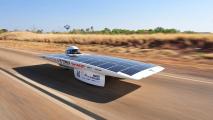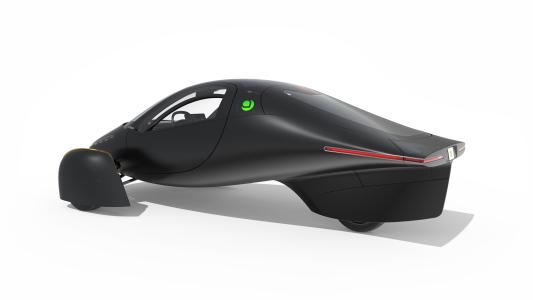SpaceX targets moving vehicles with Starlink satellite internet
In 2015, SpaceX CEO Elon Musk announced Starlink, a network of satellites that could provide internet access to everyone in the world.
It turns out, he didn’t just mean internet access while they’re at home — SpaceX also wants to beam Starlink satellite internet to moving vehicles.
The Need for Starlink Satellite Internet
An estimated 3.7 billion people still don’t have internet access, and the impact of the digital divide has never been more apparent than during the pandemic.
Students need the internet for online school, while their parents need it to work from home. It’s also necessary for accessing the latest information on the virus, including vaccine availability.
Even in pre-pandemic times, people with internet access enjoyed social, economic, financial, and educational advantages.
Today, most people without internet access live in rural areas or developing nations, where it can be difficult and expensive to build cell towers or lay fiber-optic cables.
Starlink satellite internet has the potential to bridge the digital divide — a person anywhere on Earth could simply plug in a small disc-shaped terminal, point it toward the sky, and immediately have access to the internet.
Internet Access on the Move
Starlink satellite internet is still a work in progress.
So far, SpaceX has launched about 1,100 of the planned 10,000 Starlink satellites. The network itself is still in the beta phase, with about 10,000 people using it to access the internet in their homes.
SpaceX’s Starlink satellite internet has the potential to bridge the digital divide.
Now, SpaceX has asked the FCC for permission to begin selling terminals that would attach to vehicles, such as trucks, airplanes, and boats (but not passenger cars — the terminals are too big, according to Musk).
This could be the first step toward adding mobile connectivity to the Starlink satellite internet network. Truckers (and, perhaps, autonomous trucks) driving through 4G dead zones, for example, could still access the ‘net, as long as they had one of the terminals installed on their vehicle.
The FCC has yet to respond to SpaceX’s request, but if granted permission, the company would be closer to its goal of providing everyone in the world with internet access — whether they’re at home or on the move.
We’d love to hear from you! If you have a comment about this article or if you have a tip for a future Freethink story, please email us at [email protected].






